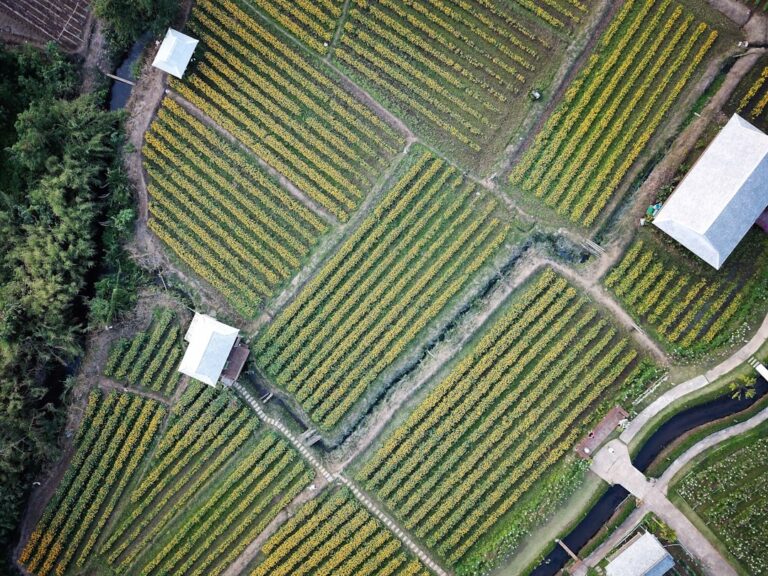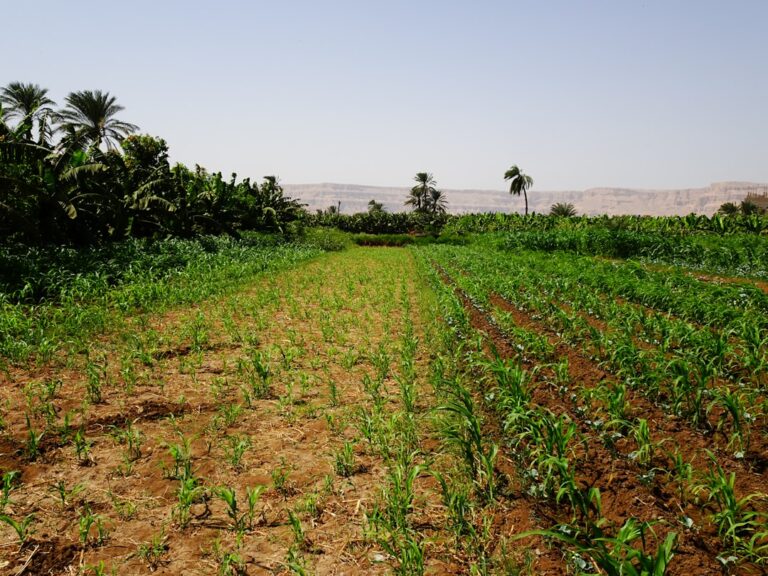Expressions of Culture in India: Dance forms, Music, Art and Architecture, Handloom and Weaving techniques
India is a country known for its rich and diverse culture. The cultural heritage of India is a tapestry woven with vibrant colors, intricate patterns, and a deep sense of tradition. From the northernmost tip of the country to the southernmost part, India is a land of myriad expressions of culture. In this article, we will explore some of the critical aspects of Indian culture, including dance forms, music, art and architecture, handloom and weaving techniques, as well as languages and literature.
Dance forms
Indian dance forms are a reflection of the country’s rich cultural history. From classical dance forms like Bharatanatyam, Kathak, Odissi, and Kathakali to folk dances like Bhangra, Garba, and Lavani, each dance form has its unique style, costumes, and storytelling techniques. In addition to being entertaining, these dance forms help pass on cultural customs from one generation to the next.
Music
Indian music is as diverse as its dance forms. The two main genres of Indian music are classical and folk. Classical music is further divided into two major traditions: Hindustani (North Indian) and Carnatic (South Indian). These traditions have their distinct styles, instruments, and compositions. Folk music, on the other hand, varies from region to region, reflecting the local customs, beliefs, and way of life.
Art and Architecture
Indian art and architecture have a long and glorious history. Indian art and architecture are a monument to the talent and inventiveness of its artists, from the elaborate carvings of temples and palaces to the age-old cave paintings of Ajanta and Ellora. India boasts several architectural wonders, some of which include the Taj Mahal, the palaces of Rajasthan, and the temples of Khajuraho.
Handloom and Weaving techniques
India has a rich tradition of handloom and weaving techniques. Each region of the country has its unique style of weaving, using different materials and patterns. Indian handloom goods, from the elaborate silk sarees of Kanchipuram to the colorful woolen shawls of Kashmir, are known for their superior quality and artistry. These traditional weaving techniques not only provide livelihoods to many artisans but also contribute to the preservation of cultural heritage.
Languages and Literature in India
India is a linguistic melting pot, with over 1,600 languages spoken across the country. The two prominent language families in India are Indo-Aryan and Dravidian. Among the languages that are most extensively spoken are Urdu, Hindi, Bengali, Telugu, Marathi, and Tamil. Indian literature is equally diverse, with ancient texts like the Vedas, Mahabharata, and Ramayana, as well as modern works by authors like Rabindranath Tagore, R.K. Narayan, and Arundhati Roy.
Cultural Change and its Impact on Indian Society
Over the years, Indian society has undergone significant cultural changes. Globalization, urbanization, and technological advancements have brought about a transformation in various aspects of Indian culture. While these changes have led to greater exposure to different cultures and ideas, they have also raised concerns about the preservation of traditional values and practices. Indian society needs to strike a balance between embracing new influences and safeguarding its cultural heritage.
In conclusion, Indian culture is a treasure trove of expressions, encompassing dance forms, music, art and architecture, handloom and weaving techniques, languages, and literature. These aspects of culture not only define the identity of Indian society but also serve as a bridge between the past and the present. As India continues to evolve, it is crucial to appreciate and nurture its cultural heritage for future generations to cherish and celebrate.






















+ There are no comments
Add yours